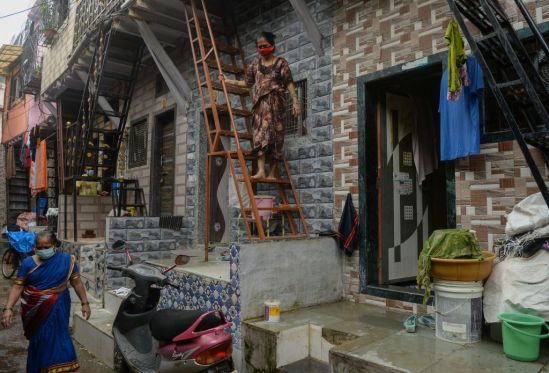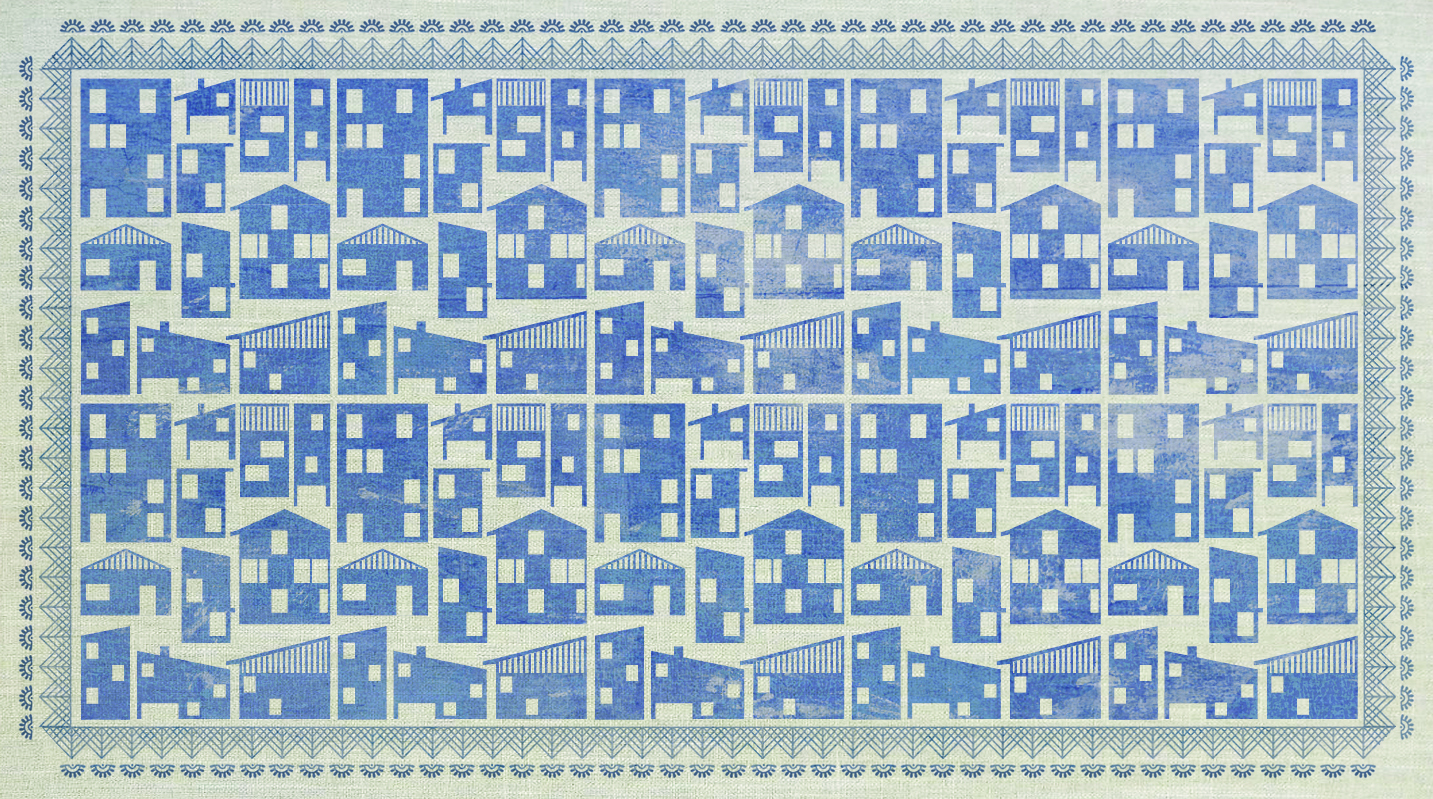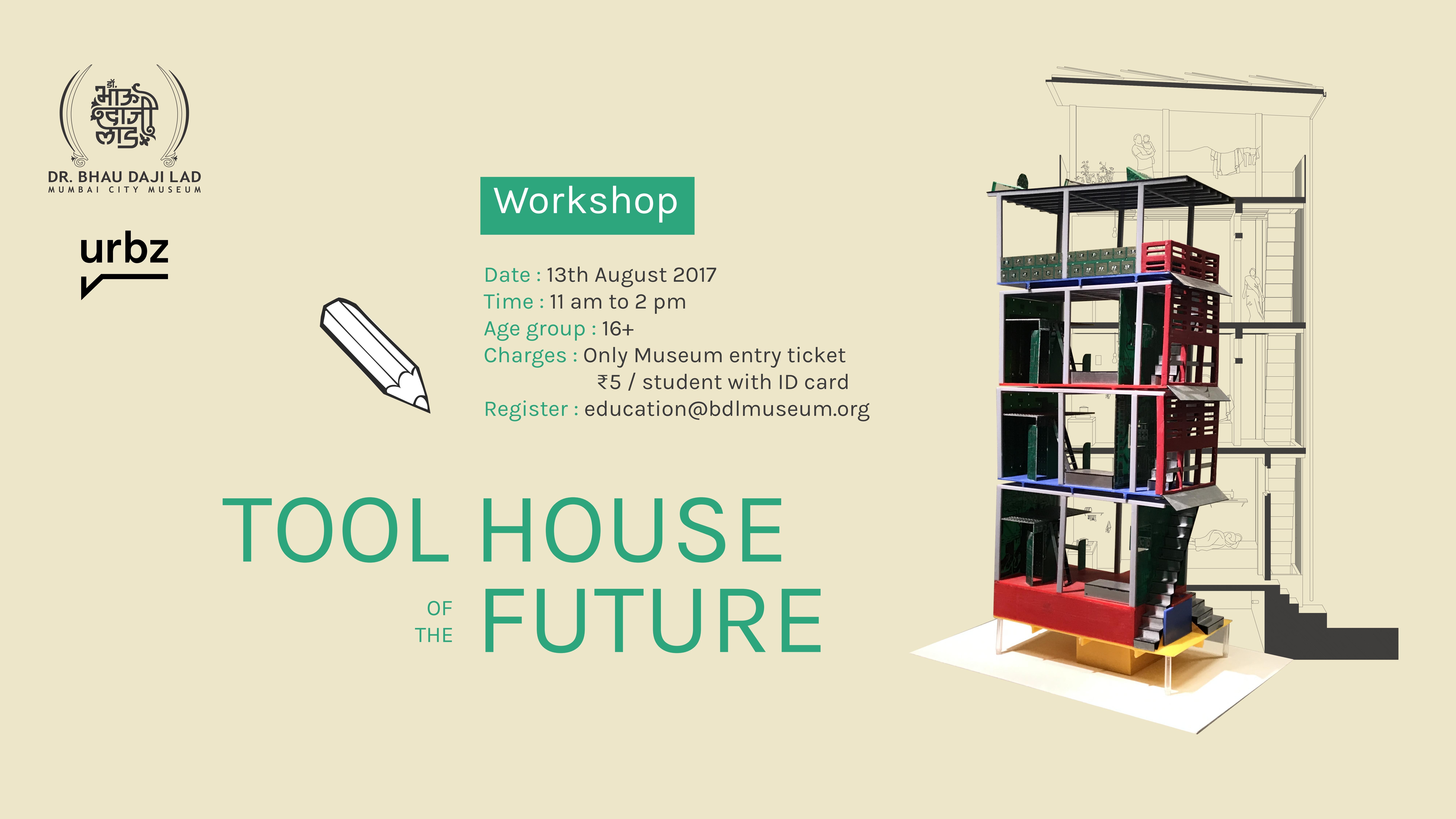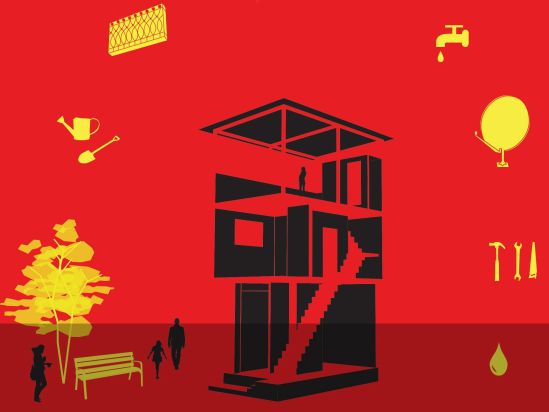60 result(s)
In this article, we situate ourselves in Chile and examine homegrown neighbourhoods in various terrains.
In this article, published in The Architectural Review, Matias Echanove and Rahul Srivastava discuss the significance of local builders and contractors in preserving the functionality of the neighbourhood. It takes a simple shift in perspective to uncover the driving forces behind the vibrant growth of homegrown settlements such as Dharavi.
Neighbourhoods such as Paraisópolis in Sao Paulo, Cazuca in Bogota, or Dharavi in Mumbai are generically referred to as slums, even though they represent a more nuanced reality to their inhabitants. (The Hindu 20.07.19)
What the world’s largest city can teach us about local development (The Hindu 16.02.2019)
How did we lose the thread of context-driven architecture and planning? (The Hindu 31/3/18)
A record book of 20 houses built by the mason Ataide Caetite in the Paraisopolis favela, which reflects on how the economic and cultural dynamics are reflected in home construction and design.
The "Tool-house for the Future" workshop explores the possibilities of reimagining cities from the point of view of live-work arrangements.
urbz invited local builders from Dharavi to design the best possible house they could imagine. These designs were translated into physical models by artisans.
This experiment in affordable housing led to the co-designing and construction of a small house in Shivaji Nagar, in Govandi. A neighbourhood in Mumbai that is struggling against all odds to keep growing and improving.







